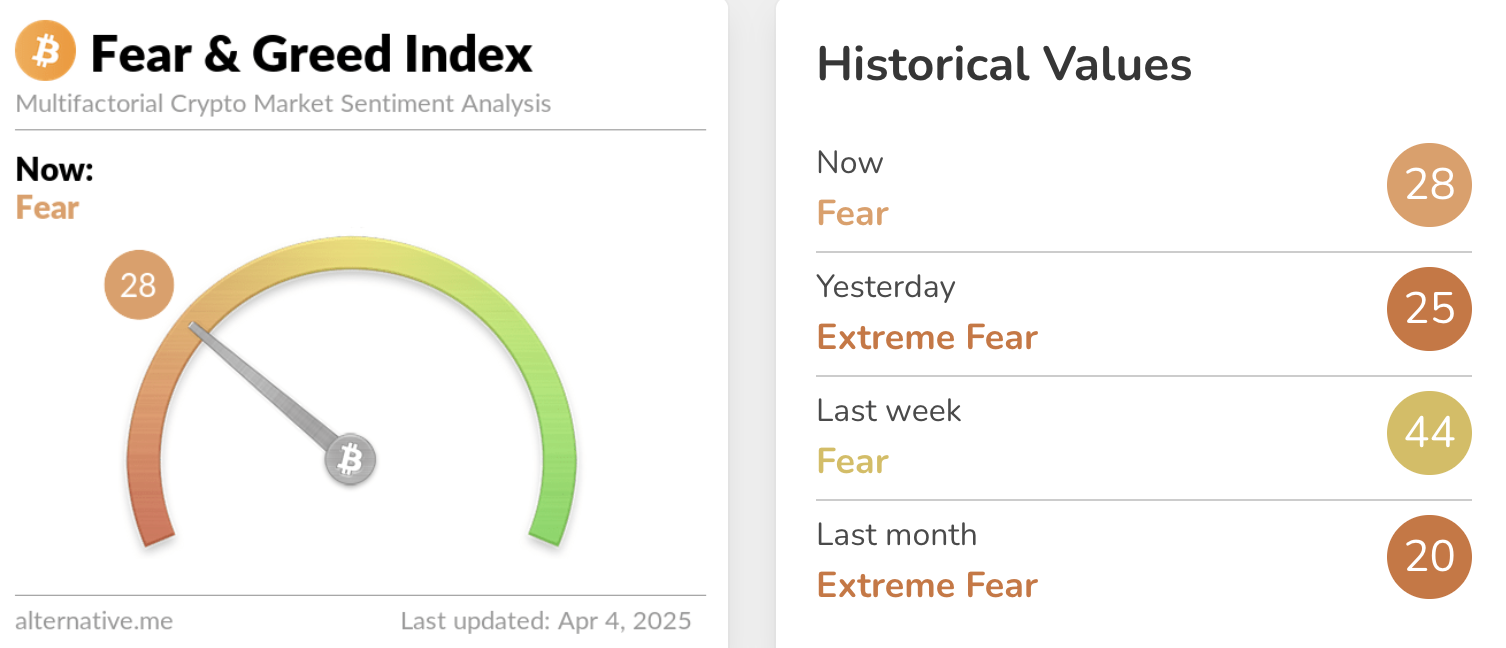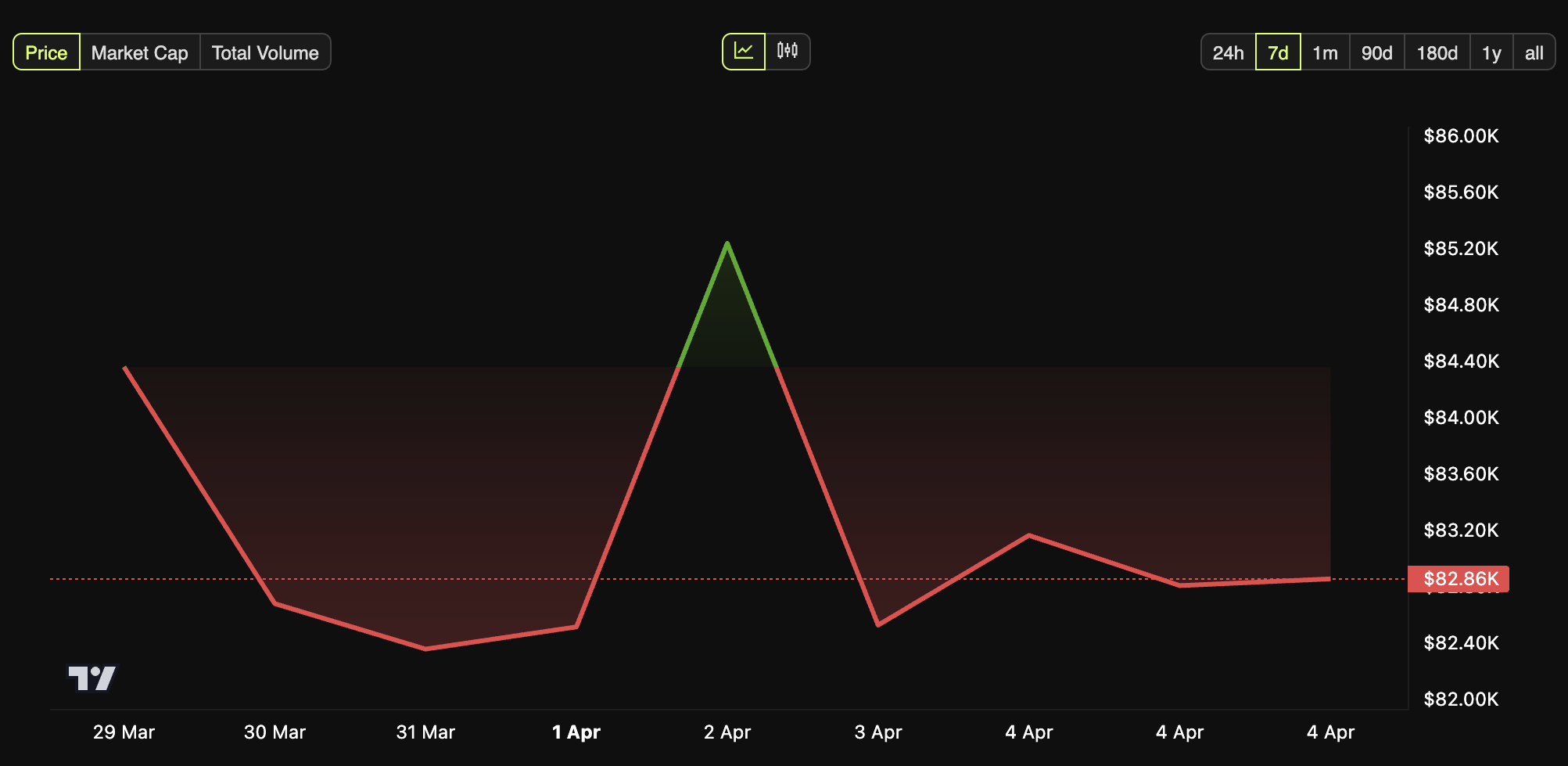Bitcoin Fear: Recency Bias at Play?
The Crypto Fear & Greed Index plummeted to 25, signaling "Extreme Fear." However, analyst Lark Davis suggests this panic might be overblown due to recency bias—the tendency to overemphasize recent events.
Recency Bias and Bitcoin Price Fear
Bitcoin's year-to-date decline of 11.4% reflects broader market uncertainty. Yet, Davis points out that the Fear & Greed Index reading of 25 (even with Bitcoin around $80,000) contrasts sharply with a more neutral reading six months prior, when Bitcoin traded at $65,000.
He argues this highlights recency bias: investors are giving disproportionate weight to recent price drops, ignoring the bigger picture. This is further supported by the current index reading of 28, which still indicates substantial fear amongst market participants.

Source: Alternative.me
Davis believes the market's fear is unwarranted given Bitcoin's recent performance, emphasizing the importance of considering long-term trends rather than reacting solely to short-term volatility.
Expert Opinions on Bitcoin Volatility
Michael Saylor, chairman of MicroStrategy, offered another perspective, highlighting Bitcoin's volatility as a consequence of its liquidity and 24/7 trading. While acknowledging Bitcoin's short-term risk asset behavior, he insists its long-term value proposition remains unaffected.
Arthur Hayes, former CEO of BitMEX, adds that global economic imbalances and potential monetary expansion may, in fact, favor Bitcoin in the medium term. He anticipates this scenario will be beneficial for Bitcoin and gold.
Despite these views, Bitcoin continues to experience modest losses, down 4.5% over the past week and 1.0% in the last day. At the time of writing, Bitcoin trades at $82,855.

Source: BeInCrypto
Codeum Note: Navigating market volatility requires a balanced approach. Codeum offers smart contract audits and security consultation to help mitigate risks in the blockchain space.